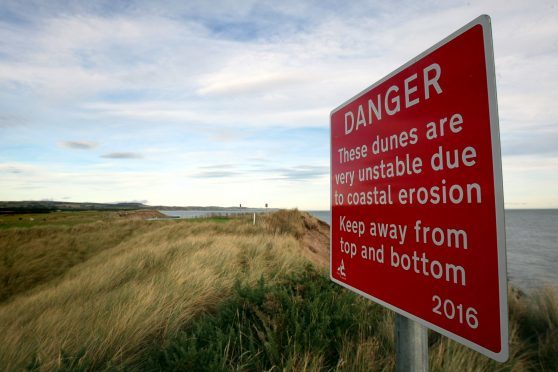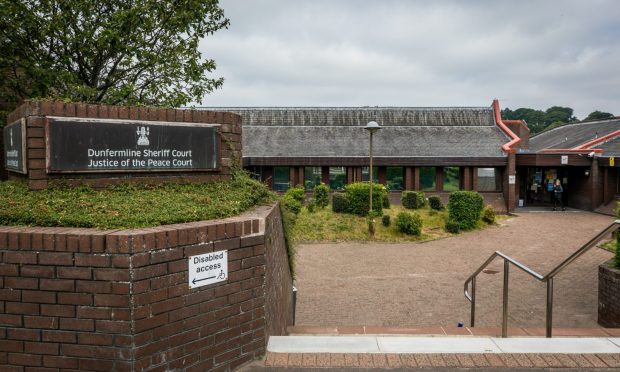St Andrews and Montrose Bay are to be the focus of a major research programme into coastal erosion.
The two sites will be monitored as part of the latest phase of the Dynamic Coast project, which will identify links between erosion and flooding.
It comes after the national coastal change assessment programme predicted climate change could damage nearly a fifth of Scotland’s coastline.
Dynamic Coast’s principal investigator, Professor Jim Hansom, said the issue was of pressing importance to people living and working close to the sea.
“We are now facing decades of future sea level rise and increasing erosion and flooding at the coast, so we need to better understand the increased risk posed by climate change to coastal assets and communities,” he said.
“We need to know whether to adapt, defend or move those coastal assets as well as how social justice might be better incorporated into future policies.
“Failure to act now will lead to enhanced costs and impacts later.”
The research, led by the Scottish Government and Scottish Natural Heritage will be carried out by the University of Glasgow with funding from CREW (Centre for Expertise in Water).
It will focus on a series of sites, including the two in Fife and Angus, as well as Skara Brae in Orkney.
Researchers will work with bodies such as local councils, SEPA and Historic Environment Scotland to develop action plans.
Environment Secretary Roseanna Cunningham said: “Rising sea levels, increased coastal erosion and flooding have caused substantial damage to our coastlines and communities over the last few decades and the pace of erosion is increasing.
“We need to take action now to adapt and adjust to these changes.”
Scottish Natural Heritage chairman Mike Cantlay said Scotland’s beaches and dunes played a vital role in protecting £13 billion worth of buildings and roads.
“By their dynamic nature, shifting sand dunes can replenish areas of shoreline, as such they are our natural defences,” he said.
“This ensures that our beaches and dunes can be a natural ally in combating the effects of climate change.
“And by working with nature at the coast, we can help ease and adapt to climate change impacts – in particular sea level rise and storms.”










